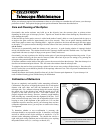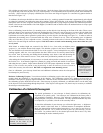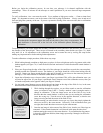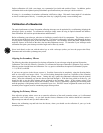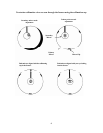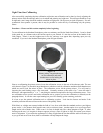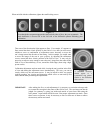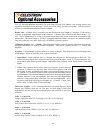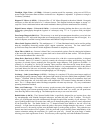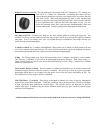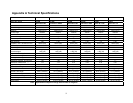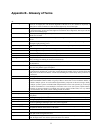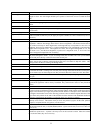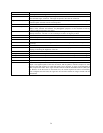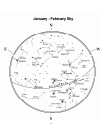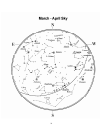49
Flashlight, Night Vision - (# 93588) - Celestron’s premium model for astronomy, using two red LED's to
preserve night vision better than red filters or other devices. Brightness is adjustable. It operates on a single 9
volt battery (included).
Diagonal 2" Mirror (# 93519) - Celestron offers a 2" 90° Mirror Diagonal to thread on Schmidt- Cassegrain
telescopes or slides into the barrel of a 2" refractor focuser. This diagonal includes an adapter to accept 1¼"
eyepieces. It has a multicoated mirror and smooth mechanics that are precision manufactured for reliability.
Digital Camera Adapter – Universal (# 93626) – A universal mounting platform that allows you to do afocal
photography (photography through the eyepiece of a telescope) using 1 ¼” or 2” eyepieces with your digital
camera.
Erect Image Diagonal (#94112-A) - This accessory is an Amici prism arrangement that allows you to look into
the telescope at a 45° angle with images that are oriented properly (upright and correct from left-to-right). It is
useful for daytime, terrestrial viewing with refractor and Schmidt-Cassegrain telescopes.
Micro Guide Eyepiece (# 94171) - This multipurpose 1 ¼” 12.5mm illuminated reticle can be used for guiding
deep-sky astrophotos, measuring position angles, angular separations, and more. The laser etched reticle
provides razor sharp lines and the variable brightness illuminator is completely cordless.
Moon Filter (# 94119-A) - Celestron’s Moon Filter is an economical eyepiece filter for reducing the brightness
of the moon and improving contrast, so greater detail can be observed on the lunar surface. The clear aperture
is 21mm and the transmission is about 18%.
Motor Drive, Dual Axis (# 93522) - This dual axis motor drive, with drive corrector capabilities, is designed
for Celestron's Omni CG-4 mount. It precisely controls the telescope's tracking speed during long, timed
exposures of celestial objects, producing the best possible image sharpness. Four speeds are available—1x
(sidereal), 2x for guiding, 4x, and 8x for centering. These precision, state-of-the-art DC motor drives operate
from 4 D-cell batteries (not included). The hand controller module is very compact and fits easily in the palm of
your hand. Motors for both axes are included, along with brackets, clutches and hardware. Motor drives are a
must for those with a serious interest in astrophotography or CCD imaging.
NexImage – Solar System Imager (# 93712) – NexImage is a complete CCD solar system imager capable of
producing high quality planetary images with greater light sensitivity and color fidelity than comparable CMOS
imagers. Combined with the NexImage software package, NexImage can bring out tremendous detail and
reveal a final image that will rival those taken with astronomical CCD cameras costing thousands of dollars
more. The 1 ¼” adapter barrel makes NexImage compatible with most any telescope. Very easy to understand
operating instructions included.
Polar Axis Finderscope – This useful accessory speeds accurate polar alignment by providing a means of
visually aligning your German equatorial mount with Polaris and true north. As a result, you can spend more
time observing and less time setting up. The finderscope has an easy to use cross hair reticle.
Radial Guider (# 94176) - The Celestron
Radial Guider is specifically designed for use in prime focus, deep
sky astrophography with Schmidt-Cassegrain telescopes, and takes the place of the T-Adapter. This device
allows you to photograph and guide simultaneously through the optical tube assembly of your telescope. This
type of guiding produces the best results since what you see through the guiding eyepiece is exactly reproduced
on the processed film. The Radial Guider is a “T”-shaped assembly that attaches to the rear cell of the
telescope. As light from the telescope enters the guider, most passes straight through to the camera. A small
portion, however, is diverted by a prism at an adjustable angle up to the guiding eyepiece. This guider has two
features not found on other off-axis guiders; first, the prism and eyepiece housing rotate independently of the
camera orientation making the acquisition of a guide star quite easy. Second, the prism angle is tunable
allowing you to look at guide stars on-axis. This accessory works especially well with the Reducer/Corrector.



